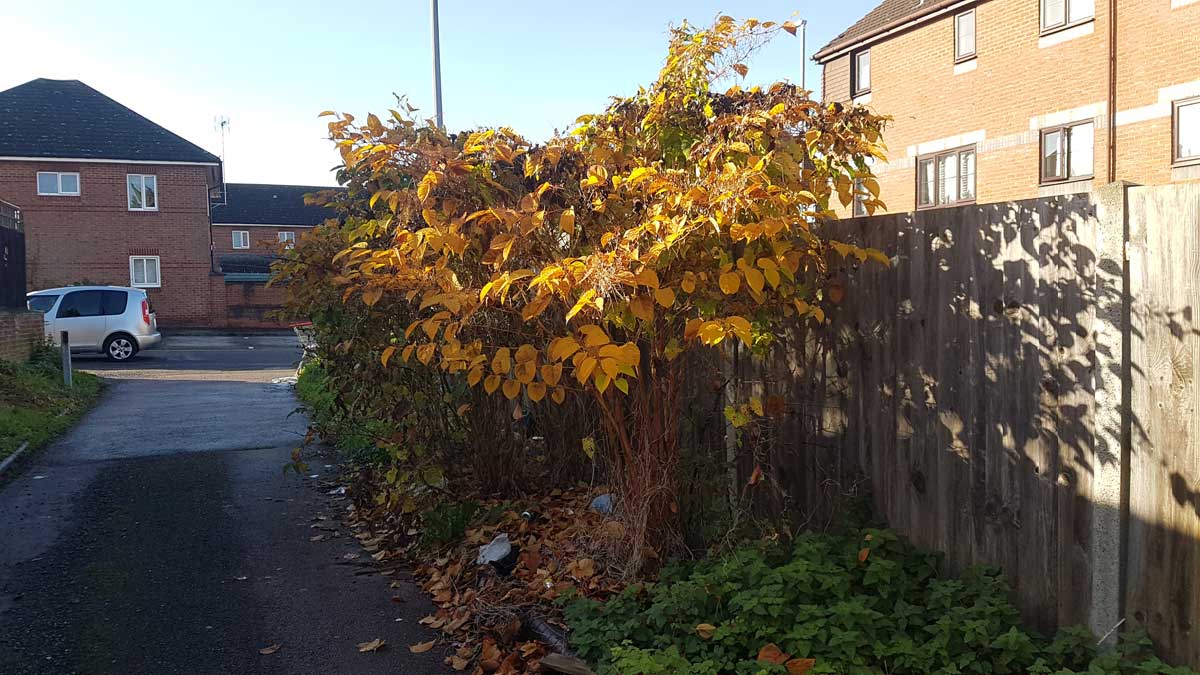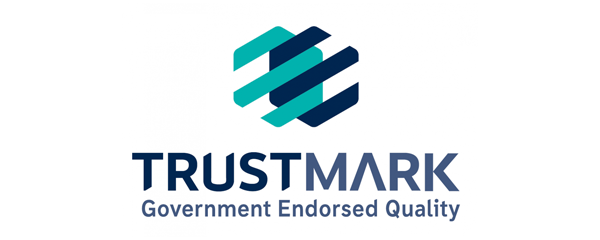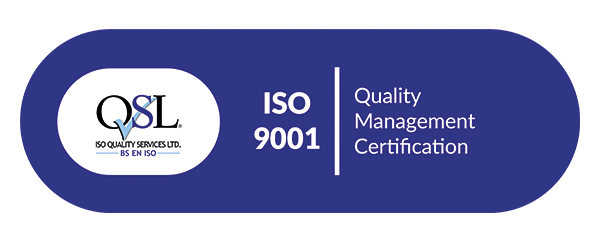We’ve talked a lot about bamboo over the last few months, but what about Japanese Knotweed? After all, it is the number one barrier in the industry when it comes to property and land sales.
Understanding Japanese Knotweed’s Growth Cycle
Before diving into the optimal time for treatment, it’s important to understand the growth cycle of Japanese Knotweed, which follows a predictable pattern:
- Spring (April to June): The plant emerges from its winter dormancy. Reddish-purple shoots push through the soil, quickly developing into tall, bamboo-like stems. By the end of spring, it can grow up to 3 metres in height.
- Summer (July to September): Knotweed reaches its full height, with broad, heart-shaped green leaves and clusters of small, white flowers in late summer.
- Autumn (October to November): As temperatures drop, the plant begins to store nutrients in its rhizome (root) system in preparation for winter. Above-ground growth dies back, but the underground rhizome network remains active.
- Winter (December to March): The above-ground parts die off completely, leaving brittle, hollow stems. The rhizomes lie dormant underground, ready to sprout again in spring.
When is the Best Time to Treat Japanese Knotweed?
While Japanese Knotweed can be treated at any time of the year, certain periods are more effective than others. The timing of treatment is crucial for maximising the impact and reducing the likelihood of regrowth.
As we transition into autumn, we’ve now entered the perfect period for applying herbicides to Japanese Knotweed.
At this stage, the plant is at its most active, drawing nutrients from its leaves and stems down into the rhizomes. Applying herbicide at this time ensures that the chemicals are absorbed deeply into the root system, increasing the chances of killing the plant at its source.
This time of year is crucial because the plant is actively drawing nutrients down into its roots in preparation for winter, making herbicide treatments far more effective.

However, a recurring challenge we face during surveys is that many homeowners and landowners tend to apply herbicides outside of this optimal window.
When treatments are applied too early or too late in the season, they are less effective, often only targeting the visible parts of the plant rather than the roots. This can result in the knotweed re-emerging stronger the following year, prolonging the problem and making it more difficult to control.
By timing the application correctly, you can significantly increase the chances of successfully weakening and eventually removing this invasive species from your property.
Learn more about the Japanese Knotweed Removal options available, and how Inspectas Land Remediation can help.












